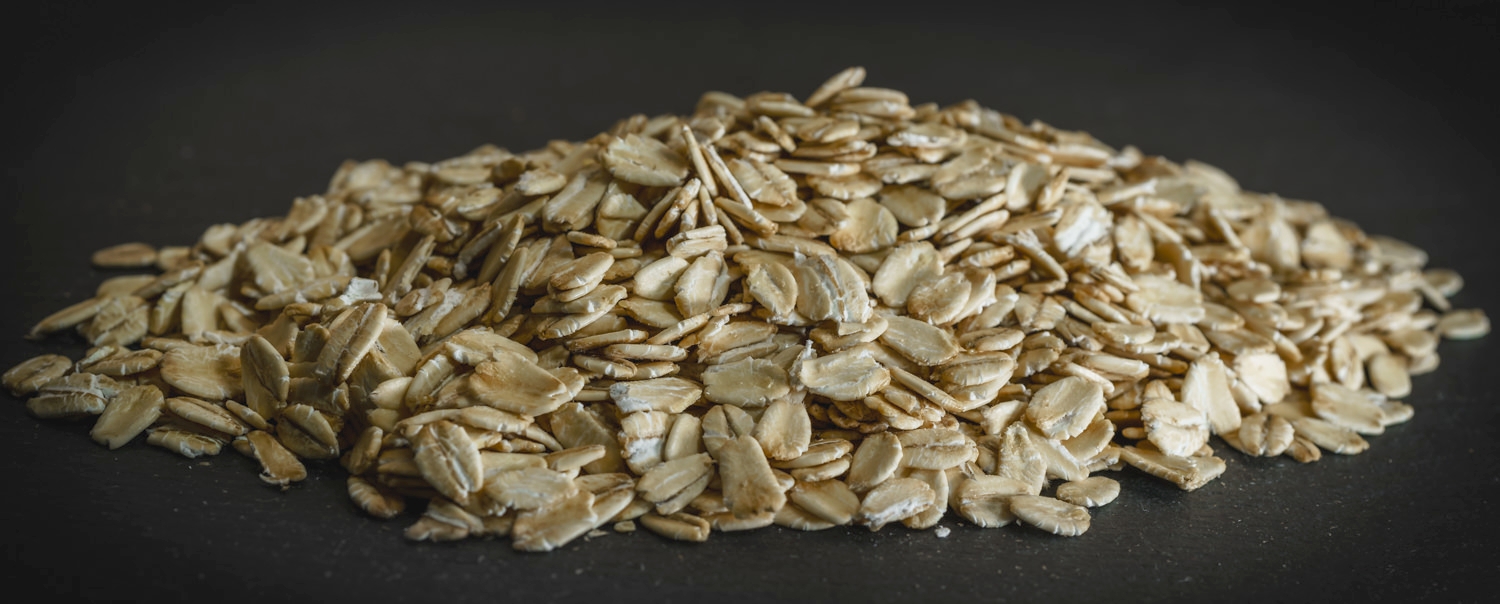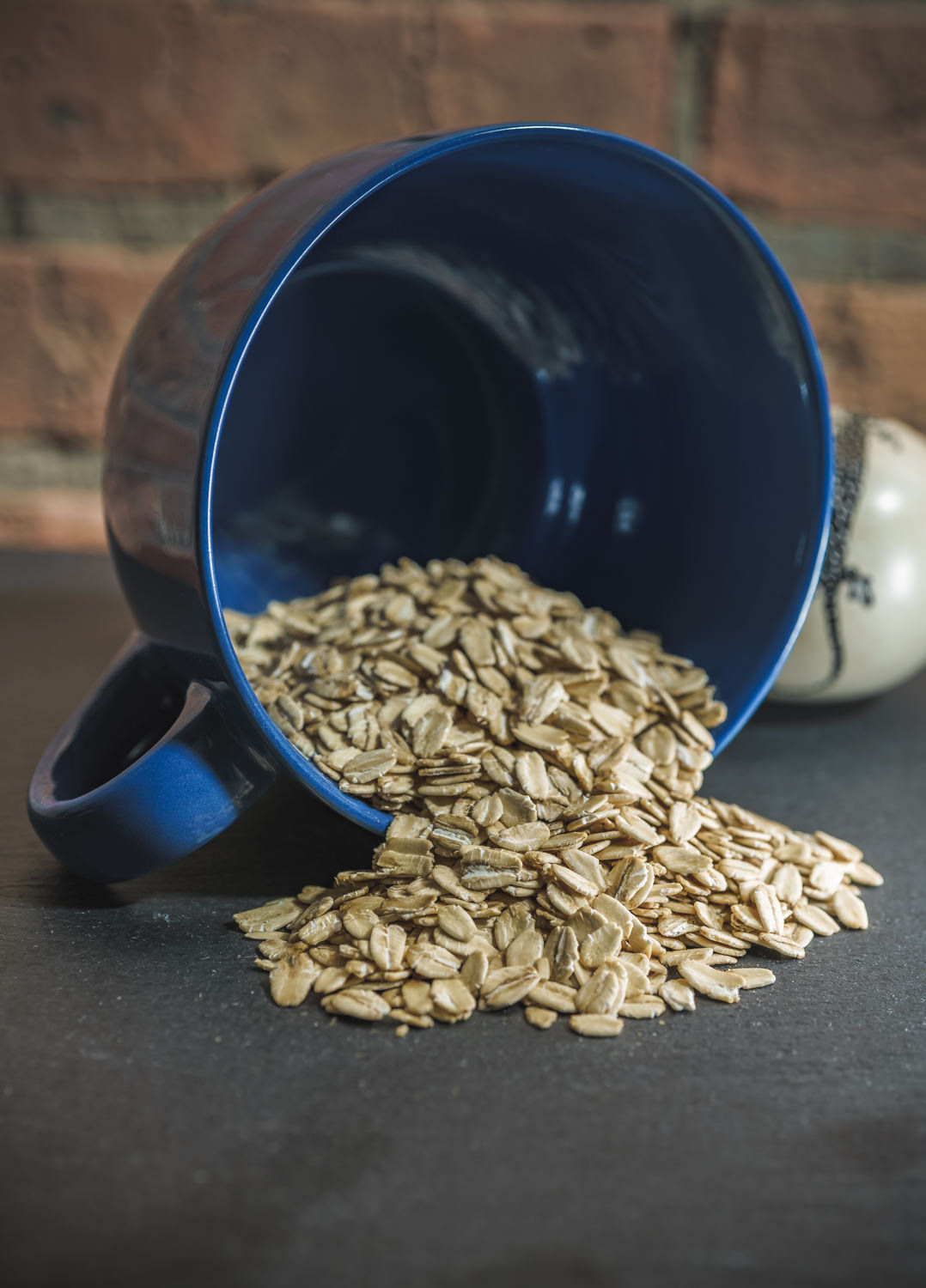The Food Biz We Should Probably Launch
Suppose we at Foodscape Group put our heads together and decided to open a DTC shop in the food space. That’s direct to consumer in case you missed the lingo of the digital day. But what food you ask? Oats. Yes, oatmeal direct to consumer.
Let’s look at how I came to this conclusion.
First, I took note of recent Nielsen data breaking down omnichannel commerce – that’s code for a combo of online and offline sales across fast moving consumer goods, including food. In the year ending this past August, online sales of cereal grew 41.7% followed by tea (25.8%), nutrition drinks (22.5%), sports nutrition and cereal bars (14.1%) and coffee (6.9%). Side note - after we are wildly successful in the oatmeal space, coffee will be next on the agenda. I’m a fan as you can read here.
Second, ‘dry goods’ are the core of Amazon’s grocery sector because most consumers (myself included) want to hand select our non-dry goods (i.e., perishables) where the full sensory experience can happen in real time. Based on recent Amazon.com cereal sales, cold cereal is up 20% year-over-year and hot cereal up 30%. Among the top 10 sellers for Amazon YTD 2018, a whopping six are all about the oats:
Quaker Instant Oatmeal Variety Pack
Bob’s Red Mill Old Fashioned Rolled Oats
Quaker Instant Oatmeal Express Cups
Quaker Real Medleys Oatmeal+
Quaker Instant Oatmeal, Lower Sugar
McCann’s Steel Cut Oatmeal
Cereal – especially cold cereal – has had a rough road in recent years thanks to all that sugar. But oats do well hot or cold, while also being cozy and current at the same time. Mix in the ability to have them delivered to your doorstep in under two hours, and there’s something very now and very satisfying about the whole affair. Plus, they easily tap into that sense of Back to Basics that consumers always seem to want with no guilt attached.
Whole-grain oats offer fiber, which helps blunt the blood glucose response after eating…that’s a good thing. Research shows that steel-cut oats or ‘large-flake’ oats have a lower glycemic response than quick-cooking or instant oats. Essentially the degree to which the oat is processed impacts how quickly it gets digested. Smaller particle size and increased starch gelatinization increase the glycemic response. Said differently, as a nutritionist, my DTC oatmeal product would surely leverage attributes like steel cut, old fashioned rolled, extra thick cut, and the like.
Now…all we have to do to launch this new oats biz: figure out supply chain, flavor profiles, pricing strategy as well as a few other details like naming, branding, and influencer marketing. Easy peasy, right? Ok, maybe not. If you look again at those top 10 performers, six are from two major brands – Kellogg’s and Quaker (owned by PepsiCo), which means that big brands still dominate. Thanks to this merging of non-perishable and e-commerce, I think the playing field will continue to level as smaller brands capitalize on what they often do best which is speed and nimbleness of bringing new products to market.
Oh, and let’s not forget the interesting potential of oats as a ‘matrix of choice’ for developing fermented functional beverages. The oat drinks are inoculated with lactic acid bacteria to produce a fermented beverage. Maybe you’re saying, “Add it to the biz plan!” and I hear ya. But beverages just aren’t as DTC friendly. They are heavier and less forgiving than dry goods. That’s why our fictitious oatmeal business can be summed up in a word - omnichannel. Omnichannel, friends.


